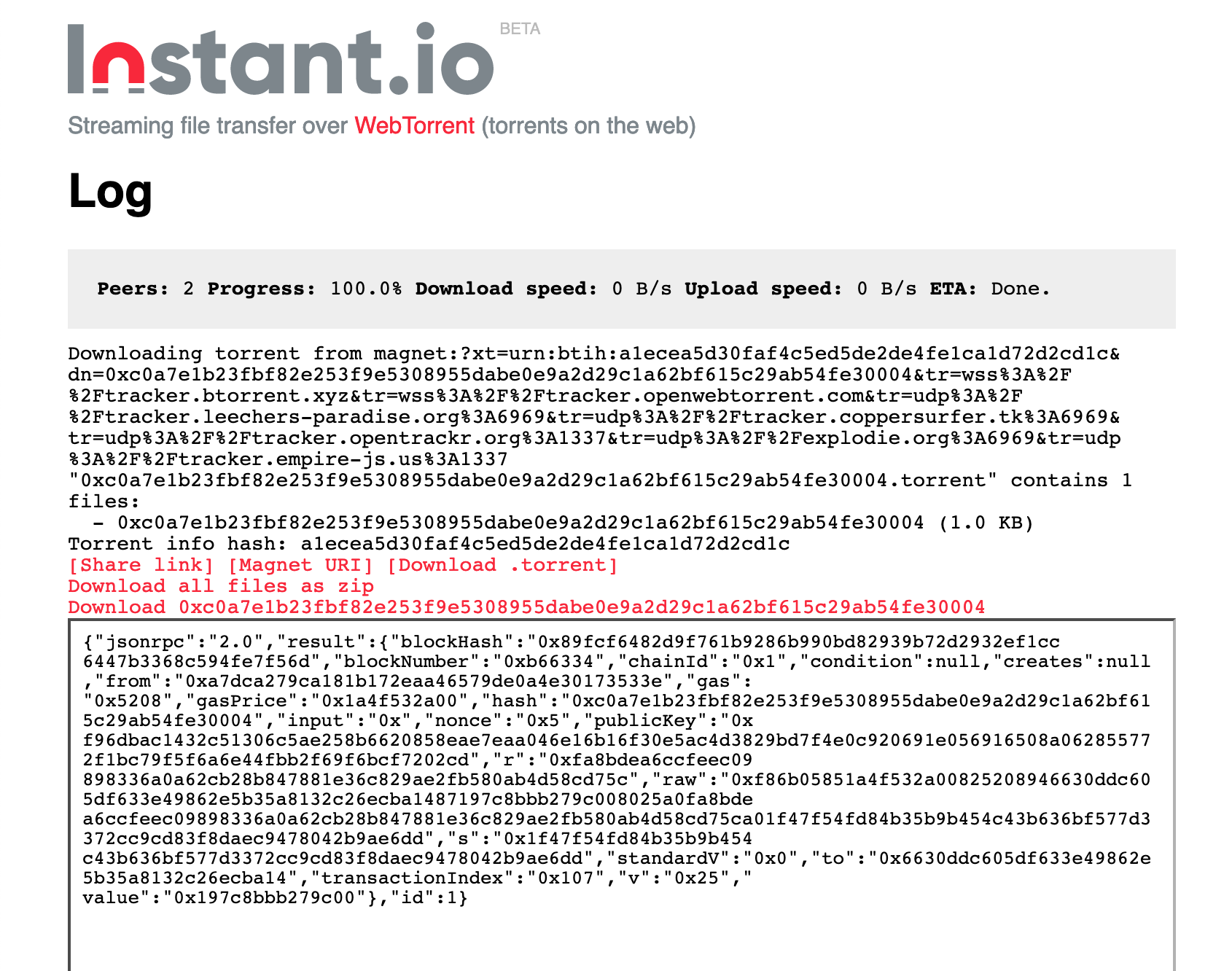
With regards to building rugpullindex.com, there are currently two problems bugging me. One is that gas prices on the main net are insanely high right now. And two is that the Ethereum front end space has become even more hostile than what I was used to before.
In a recent post over on my blog, I've made the argument that "Ethereum isn't fun anymore" and that "web3 is a stupid idea". Though I've earned some criticism for these posts, I'd now like to double down. I have an alternative vision for web3. Purely from a pragmatic, architectural point of view.
I've written it in long-form over in the Ethereum/EIPs issue section already. We need to start thinking practically about light clients now. Ironically, full nodes are costing developers real dollars today. And building truly decentralized applications is hardly possible anymore without a credit card—the irony.
I guess nobody designed the Ethereum protocol with light clients in mind. Still, I think there are small fixes, applied here and there, that could help dramatically improving user experiences in web3's front ends. So what's the plan?
Just recently, WebRTC was made a W3C and IETF standard. WebRTC (or Web Real-Time Communication) is a concept for sharing data directly between users' web browsers without going through middlemen like servers. "Over the past year, WebRTC has seen a 100X increase of usage in Chrome due to increased video calling from within the browser.", the article states. But WebRTC cannot only be used for distributing video. Reasonably, we can use it to spread any data. And one data that I've ranted about not being distributed well enough is that of the Ethereum blockchain.
WebTorrents allow us to download torrent files directly from the web. instant.io, for example, enables a user to paste in a magnet link to download it within the browser instantly. A client could now easily send a magnet link to start syndicating files.

In general, torrents have a rather bad reputation, mainly as they've been a driver of piracy in the past. However, speaking of their technical properties, torrents are like one of the coolest technologies around.
So how does WebRTC, WebTorrents and Web3 fit together?
WebTorrent utilizes WebRTC in browser environments. It can fall back into a webtorrent-hybrid for server-side usage. What's fantastic is that WebTorrent has a distributed hash table built-in. It even allows specifying a custom hash function. So what's the plan?
For now, the plan is to democratize the access of blockchain data for regular web3 apps again. The first step towards this will be creating a lean component that we can use with web3.js. Its goal is to cache and store all requests from web3.js that have to do with a full transaction or an entire block. We will await the response, cached for these requests, and offer it for download on WebTorrent via a custom DHT.
If a second client comes along, for each request they make towards the full node's RPC endpoint, it will be interrupted, and instead, will consult the WebTorrent's DHT first. In case the retrieval of a transaction is possible via torrents, it will make no RPC endpoint call. That is good for a few reasons:
I'm not sure if I'll handle this project as part of rugpullindex.com. However, only through it, I had the idea for it. In any case, I think building the project shouldn't be too much of a hassle as WebTorrent comes with batteries included. As a start, I'll attempt to create a library that can bootstrap the Ethereum WebTorrent network for sharing transactions and blocks. Then, I'll build a simple bootstrapping node capable of talking back to an archive node for eventually missing transactions or blocks in the DHT.
Then, I think it's a question of whether the idea is accepted and used by the Ethereum community. However, a web3 provider could significantly reduce the number of requests a dapp does daily; I could imagine there be a will to give it a try.
And that's how I want to contribute to scaling Ethereum for now. I hope you enjoyed reading. Feel free to let me know your thoughts by reaching out to me. My email is on my blog.
That's all for today.
Best, Tim